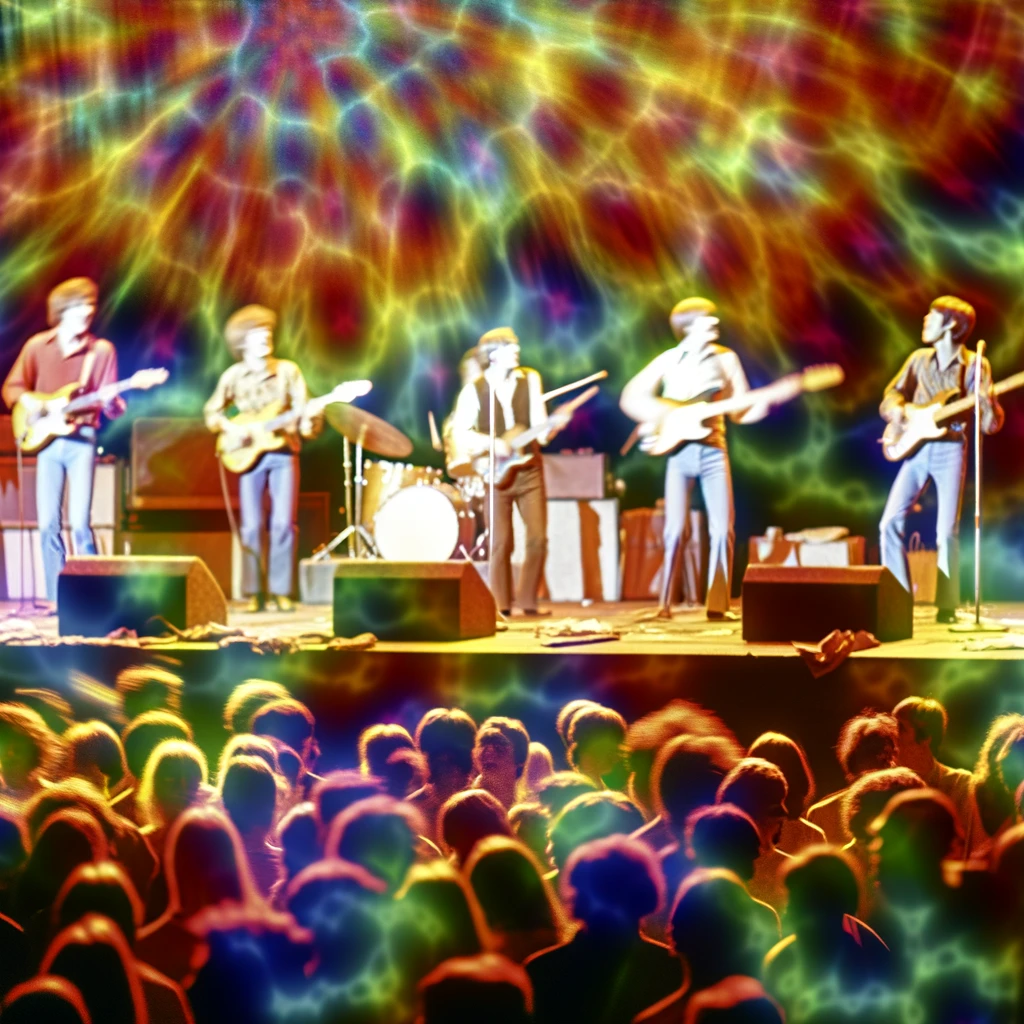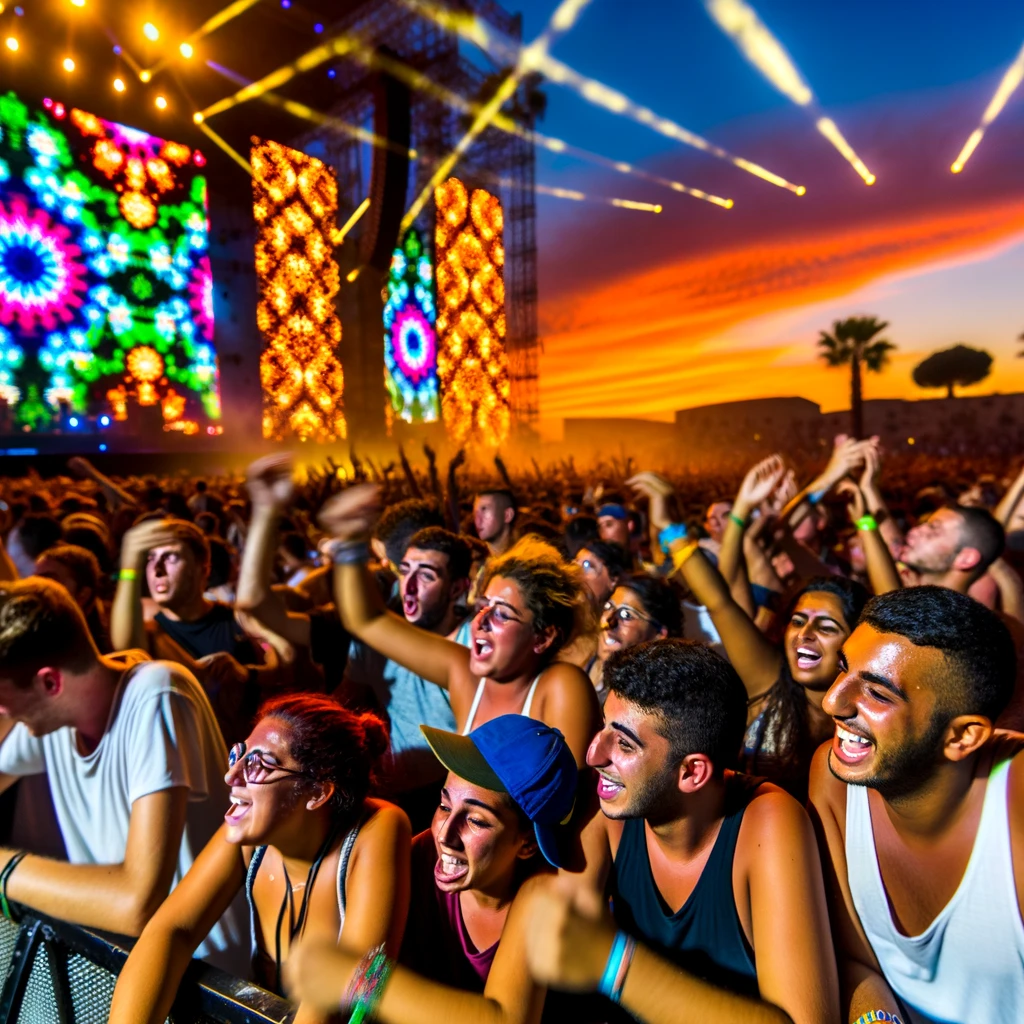
Exploring the Psychedelic Soundscapes of the 1960s
The 1960s was a revolutionary era for music, marked by the emergence of psychedelic sounds that changed the landscape of popular music. This genre, characterized by its experimental nature, was a reflection of the cultural and social upheaval of the time. It not only influenced a generation but also paved the way for future musical innovation.
The Origins of Psychedelic Music
Psychedelic music originated in the mid-1960s, drawing inspiration from the expanding consciousness movement. Artists sought to recreate and accompany the effects of hallucinogenic drugs through sound. The genre combined elements from rock, folk, and electronic music, leading to a unique auditory experience. Bands like The Beatles, The Byrds, and The Grateful Dead were pioneers in this domain, using innovative recording techniques and non-traditional instruments.
Key Characteristics
Psychedelic music is known for its rich, complex soundscapes. Key characteristics include:
- Extended Instrumentation: Use of sitars, theremins, and synthesizers expanded the traditional rock sound.
- Studio Effects: Techniques like reverb, distortion, and reverse tape effects created an ethereal listening experience.
- Lyrics and Themes: Often surreal and abstract, lyrics explored themes of consciousness, nature, and existentialism.
The Impact on Culture
The psychedelic sound revolutionized the music scene and resonated with the countercultural movement of the 1960s. It became a medium for political expression, addressing issues such as civil rights and the Vietnam War. Music festivals like Woodstock embodied the spirit of the era, bringing together thousands to celebrate peace and music.
Notable Albums and Songs
Some of the most iconic works from this genre include:
- Sgt. Pepper's Lonely Hearts Club Band by The Beatles
- Surrealistic Pillow by Jefferson Airplane
- The Piper at the Gates of Dawn by Pink Floyd
These albums not only achieved commercial success but also left a lasting legacy on the music industry.
The Legacy of Psychedelic Music
The influence of 1960s psychedelic music is evident in modern genres such as alternative rock, electronic music, and even hip-hop. Artists continue to draw inspiration from the experimental ethos of the era, leading to new innovations in sound.
Conclusion
The psychedelic soundscapes of the 1960s were more than just music; they were a cultural phenomenon that encapsulated the spirit of a decade. The genre's legacy continues to inspire and challenge musicians and listeners alike to explore the boundaries of musical creativity.
Related Articles





